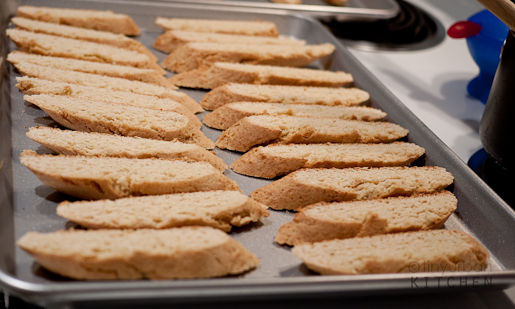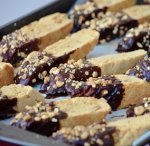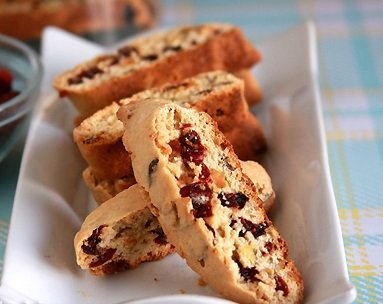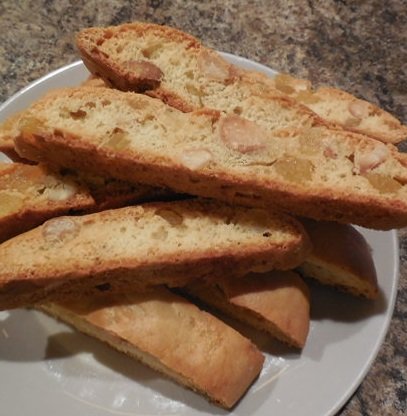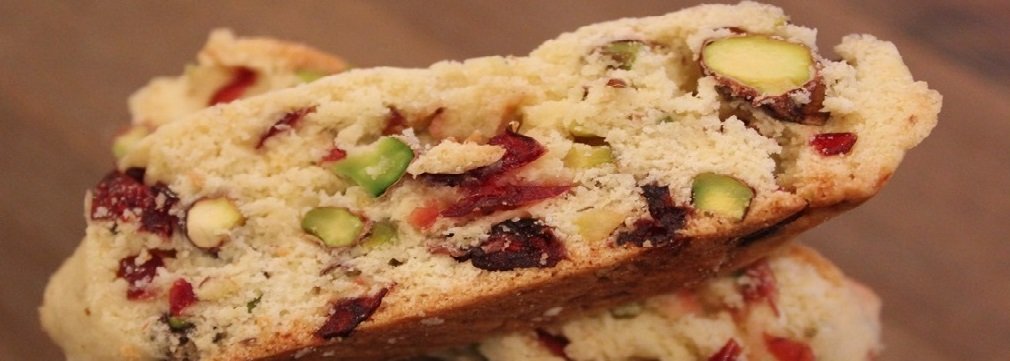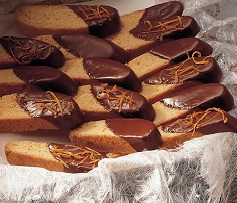Legume flours
Choose what you're looking for here:
- Flours & Starches Legume Flours Leaveners
- Sugars & Sweeteners Spices & Extracts
Introduction to Legume Flours
Pulses & legumes have contributed to the protein intake of human beings for hundreds of years. It is a major, inexpensive source of protein for those living below poverty & those who cannot afford other non-vegetarian sources of protein.
In addition to beans, use, as plated food, there is an increasing interest in their use as an ingredient. In particular bean flours of various types, which are now appearing in the marketplace. Bean flour provides protein, some carbohydrate and lots of fiber, as well as additional nutrients.They can be substituted in many applications that use wheat and other traditional flours. An added benefit is that most bean flours can be eaten by people with celiac disease, whereas wheat products (as well as rye, barley, and to a lesser extent oats) cause trouble.
It use to be that “Beans as an ingredient” meant soybeans: Soy flour, meal, I and isolate. These were add to foods to increase the protein in the dishes made with them. But that has changed.
Currently the USDA’s list of “dry beans and peas” includes this dizzying array: adzuki beans, baked beans, black beans, black-eyed peas, chickpeas, cranberry beans, dark- and light-red kidney beans, Great Northern beans (white beans), lentils, soybeans ns, lima beans, navy beans, pinto beans, small red beans , split peas, tofu (soybean curd) and yellow-eyed beans.
Not all these legume flours are good for baked products, so let get into some of the more common ones and see what works
types of legume flours
Ok! Let’s get down to the beans and legume flours made from them.
Fava Bean flour is made from the earthy-flavored beans of the Fava plant. Fava beans are one of the oldest plants under cultivation, and they were eaten in ancient Greece and Rome. Despite the name, these beans are a member of the pea family, though they are also known as broad beans, pigeon beans, horse beans, and Windsor beans. Fava bean flour has a distinctive flavor and is most often used in combination with garbanzo bean flour for gluten free baking.
Garfava flour, is a flour combining flour made from Fava bean and Garbanzo Beans
Garbanzo Bean (Chickpea) flour) is a variety of flour that is most often used in East Indian and Middle Eastern cooking. Garbanzo beans, also known as chickpeas, are processed into flour that is very similar to millet providing a rich sweet flavor to baked foods. Since it is gluten-free, it must be combined with other gluten-free flours to get a similar results that you get from wheat flours, particularly when producing yeast risen breads.
Mung Bean flour is a type of fine textured gluten-free flour made from ground mung beans. The flour is common in foods from India where the bean originates. Mung bean flour contains a starch that is beneficial in making several varieties of thin, transparent noodles referred to as bean threads or cellophane noodles. The noodles are high in calcium, magnesium, and phosphorous. Mung bean flour is also used to produce a variety of sweet pastries and breads.
Pinto bean flour is ground from pinto beans. I has a slightly pink tinge it gets from the white middle that is ground with the spotty beige and brown color. Pinto bean flour has a distinctive bean flavor, so use in baked goods it is best combined in recipes that have other strong flavor, such as herbs and spices.
Pea flours are produced from dried field peas with the bran (hull) removed. Green pea flour has a sweeter flavor than yellow pea flour. Pea flours will keep baked goods softer longer. They have a fairly stronger colorant, so they can be used to add color to the finished product. They complement recipes made with banana, peanut butter and strong spice such as cloves.
Pea fiber is ground from yellow pea hulls. It is a fine textured, light yellow colored, bland tasting powder. It is good for increasing the volume of dough and can replace the fat in a recipe, because it binds with water. It is great additive to add fiber to baked goods and is often used in breads, cakes, cookies, pasta and fiber drinks.
Soy Flour (soya flour), made from soybeans, is fine powdery flour with a pungent, nutty, slightly bitter flavor. This is one of the best known legume flours on the market. It is available in full fat, low fat and defatted versions. The higher the fat content, the deeper the color. Soy flour has a strong odor when wet that disappears when baked. It adds a rich color, fine texture, a pleasant nutty flavor, tenderness and moistness to baked goods. Goods baked with soy flour tend to brown faster, so the baking time may need to be shortened or the temperature reduce, Tenting the pan with foil is another way to prevent over browning.
Urad Flour is a type of flour, commonly used in India, made by grinding black gram pulses or lentils into a fine powder. Urad flour is often used for making dosa crepes, idi cakes, and uttappam, which is similar to a pancake. Urad flour may also be referred to as Urid flour.
Whole Bean flour is made from Romano beans (also called cranberry beans or speckled sugar beans). The beans are cooked to help reduce flatulence (otherwise known as gas), then stone ground to a uniform, fine, strong-tasting, flour. If you can’t find it, it would be ok to substitute any bean or pea flour.
White (navy) bean flour is from grinding up a white type of bean, usually Navy beans. The result is nice white looking flour with a mild taste. It is excellent for thickening soups or making your own "cream" soups. It can be substituted for most any bean flour in recipes, particularly if you are looking for a more subtle flavor.
Ok! Enough about Legume Flours, let's move on to Baking Biscotti!
Questions or Comments?
Like a recipe or something you read? LET US KNOW!
Have a Question don't be shy, ASK US!
What's New
-
Almond Anise Biscotti
Jan 12, 15 04:43 PM
Almond Anise Biscotti -
Peanut Butter Biscotti
Jan 12, 15 12:41 PM
If you like peanut butter cookies, you will love these Peanut Butter Biscotti. -
Butterscotch Biscotti
Jan 10, 15 07:24 PM
These decadent Butterscotch Biscotti are made with a bit a extract and lots of butterscotch chips.







